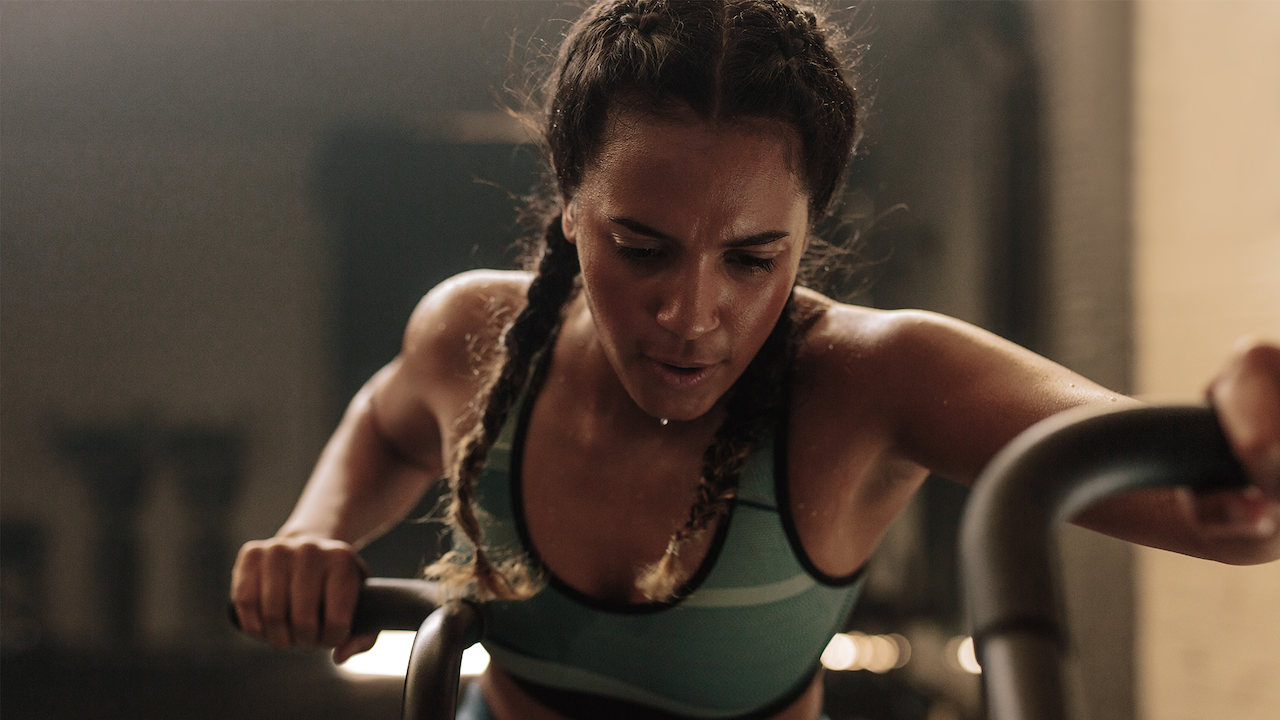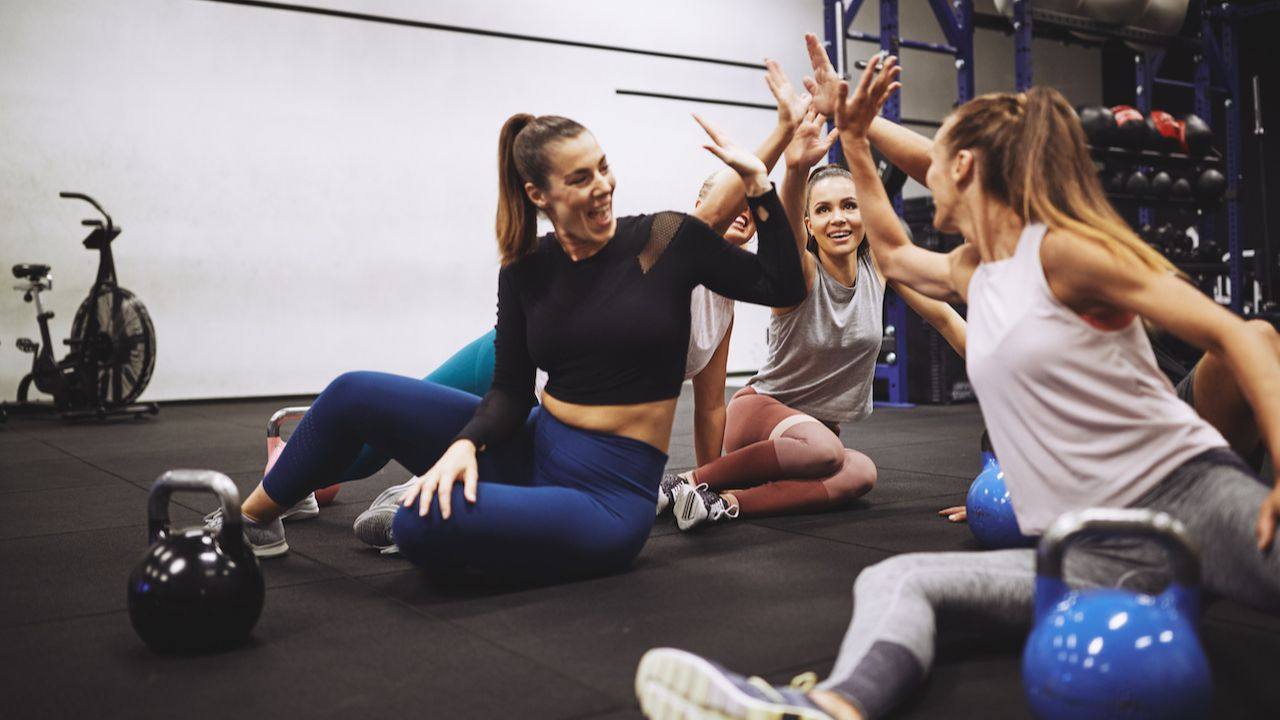HIIT for the Holidays: Why Short Bursts of Intensity Are a Gift to Your Brain
The holiday season can be a mixed bag: joyful, busy, fun, overwhelming, energizing, and exhausting—often all on the same day. If you’re an active woman trying to stay consistent with exercise while also juggling family, travel, social commitments, and extra mental load, you’re not alone. And you’re not failing. This time of year is simply demanding.
That’s why I often encourage women to shift from an “all or nothing” mindset to a “small but powerful” one. Even when you don’t have the time or energy for long aerobic sessions, it’s often still viable to carve out time for short, effective workouts that leave you feeling clearer, calmer, and more in control. Enter high-intensity interval training (HIIT)—one of the best tools we have not only for fitness, but for cognitive resilience and stress relief.
Why HIIT Works So Well for Women Under Stress
HIIT is built on simple physiology. Short bursts of hard work followed by rest create a strong stimulus without requiring long training sessions. But for women, the benefits extend far beyond VO₂ max and muscle power. Research shows HIIT can have a profound effect on the brain—especially in women, who often experience greater hormonal fluctuations and higher baseline stress during the holidays.
A single HIIT session increases brain-derived neurotrophic factor (BDNF), a key molecule that supports learning, memory, mood, and neuroplasticity. Think of BDNF like fertilizer for your brain cells. More BDNF means a brain that’s more adaptable and resilient. HIIT has also been shown to improve cognitive function as well as your ability to plan, focus, and make decisions. When your brain feels scattered from holiday chaos, these improvements matter.
Even more compelling: studies show women report reductions in tension, anger, fatigue, and depressive mood after HIIT, regardless of menstrual phase. This means you can lean on HIIT as a reliable mood-booster at any point in your cycle.
Short Workouts, Big Payoff
Time is one of the biggest barriers to training during the holidays. Travel, family commitments, and disrupted routines can make a 60-minute session feel like a big ask. This is where HIIT is your best ally.
A well-structured HIIT session can take 10–20 minutes and still provide:
-
A strong cardiovascular stimulus
-
Protection of lean mass and metabolism
-
Increased insulin sensitivity
-
A noticeable lift in mood and mental clarity
When life feels squeezed, these short sessions keep your body moving and your brain firing, without adding stress to an already packed schedule.
How to Use HIIT Wisely This Season
You don’t need to empty the tank. The goal isn’t to punish yourself or “burn off” holiday treats. Instead, use HIIT as a strategic tool for physical and cognitive benefits.
A few guidelines:
-
Warm up well (5–10 minutes) to get your muscles, tendons, and nervous system ready.
-
Choose simple intervals, like 30 seconds on/2 minutes easy, or 5 x 4-minute blocks as 2 minutes at 85–90% effort/2 minutes easy.
-
Keep it to 1–2 sessions per week—enough to get the benefits without overloading your system.
-
Recover intentionally with good sleep, hydration, and nutrient-dense meals.
-
Listen to your body. If stress is high or you’re fatigued, scale back the intensity rather than pushing through. In these instances, I like the 10-minute rule; give yourself 10 minutes to see how your body feels. If after 10 minutes you really don’t have what it takes to do a HIIT workout today, then dial it back and make it more recovery-focused (and give yourself permission to do this!).
Your Holiday Reset Button
Think of HIIT as more than a workout—it’s a reset button for your brain. A moment of intensity that clears mental fog, breaks stress loops, and replaces tension with clarity. It’s one of the most time-efficient ways to support both your body and mind when life gets chaotic.
Most importantly, remember this: the holidays are not a test of discipline or perfection. They’re a season of connection, joy, and motion—whatever that looks like for you. If HIIT helps you feel more grounded, more energized, and more yourself, use it. And if rest is what your body needs, honor that too.
Move with intention, enjoy with balance, and give yourself permission to navigate this season in the healthiest and happiest way you can.
HELPFUL RESOURCES:
- ROAR
- Next Level
- Menopause 2.0 Course
- Microlearning Courses
- Articles
- Women Are Not Small Men TedX Talk
- Dr. Stacy Sims Official YouTube
- Dr. Stacy Sims Instagram
Sign up to join my newsletter community here!






